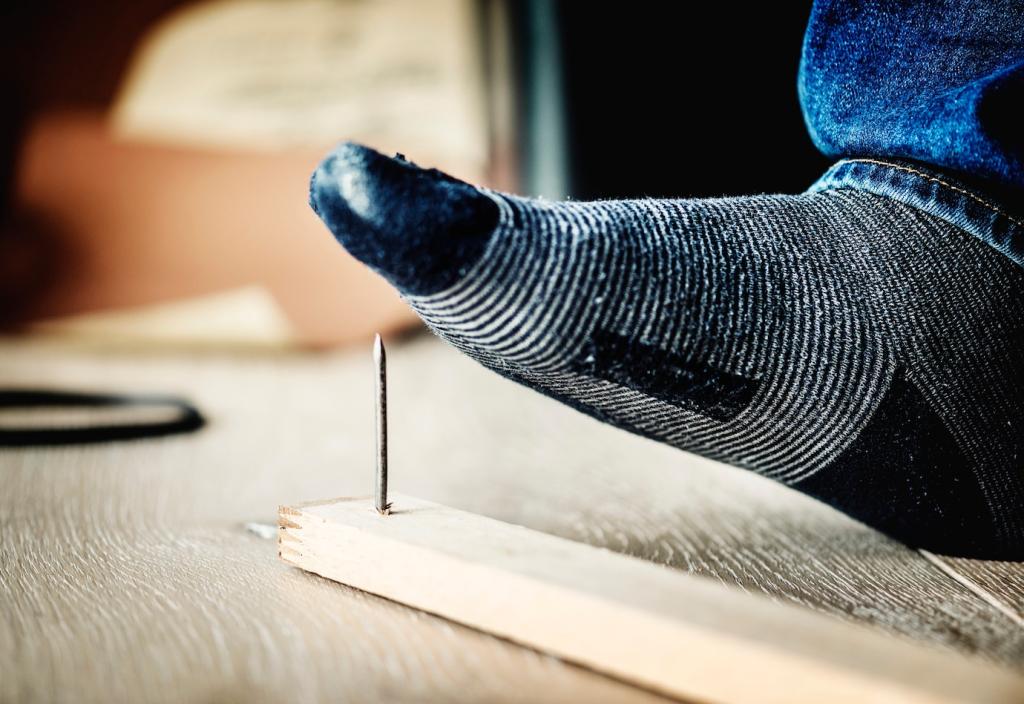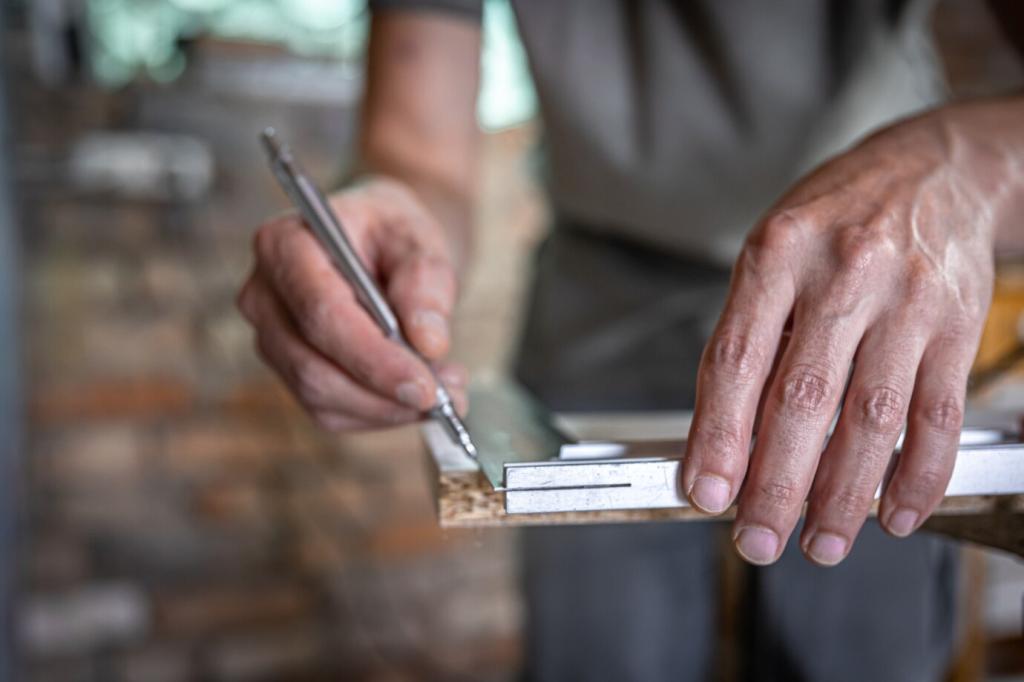Hand-Wash: The Gold Standard for Delicates
Fill a clean basin with cool water and a teaspoon of pH-neutral, enzyme-free detergent. Submerge the garment fully supported in your hands. Swirl gently for a few minutes. Drain, refill, and repeat to rinse. Keep a white towel nearby for blotting and transferring without stretching.
Hand-Wash: The Gold Standard for Delicates
Lift the garment in a sling with both hands and slide it into fresh water. Press water through the fibers instead of squeezing. Change the water until it runs clear. If needed, add a tiny, well-diluted vinegar rinse for silk, testing first to ensure dye remains perfectly stable.





